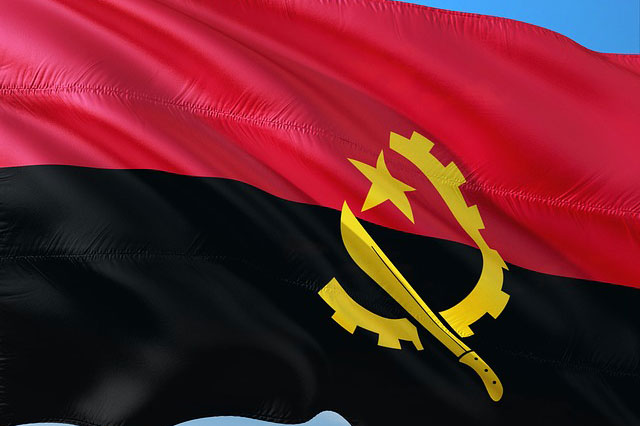Luanda – The southern African nation of Angola is awash with oil yet remains one of the poorest countries in the world.
As President Joao Lourenco seeks a second term in the upcoming August 24 election, here are five things to know about the country of 33 million people, which is almost twice as big as the US state of Texas.
Three decades of civil war
Angola gained independence from Portugal in 1975 after a bitter war involving several different nationalist groups.
The pro-Soviet People’s Movement for the Liberation of Angola (MPLA), to whom incumbent president Lourenco belongs, has been in power since independence.
It fought a long civil war against the National Union for the Total Independence of Angola (UNITA) and the National Front for the Liberation of Angola (FNLA) which only ended in 2002.
By the time the conflict ended and the army signed a ceasefire accord after UNITA leader Jonas Savimbi was killed in 2002, an estimated half a million people were dead.
From autocrat to anti-graft drive
Jose Eduardo dos Santos came to power following the death of post-independence leader Agostinho Neto in 1979. He ruled with an iron fist for 38 years, dominating every part of society.
His opponents were critical of his grip on the country and its economy and many major businesses were run by dos Santos family members or friends.
His successor Lourenco, elected in 2017, unleashed an anti-corruption drive that targeted dos Santos’ family.
He fired Isabel dos Santos, the former president’s eldest daughter and Africa’s richest woman, according to Forbes, who is accused of corruption.
Dos Santos’ son Jose Filomeno, was sentenced in 2020 to five years in prison for embezzling the sovereign wealth fund he managed up to 2018.
Lourenco’s government says it has recovered nearly 10 billion euros of stolen public assets during its sweep.
Dos Santos died on July 8, 2022.
Oil and diamonds
Angola, after Nigeria, is sub-Saharan Africa’s number two oil exporter, but only produces a fifth of its needs in refined products.
Oil accounts for nearly 95 percent of Angola’s exports, according to the World Bank.
In the decade that followed the civil war, Angola registered double-digit growth, thanks to its oil wealth.
But the collapse in the price of crude plunged Angola into a severe economic crisis in 2014.
Lourenco has launched a programme aimed at weening the country off its dependence on oil and he has initiated privatisations.
Angola is also one of the world’s biggest diamond producers.
Despite its oil wealth, nearly half of the population lived below the poverty line of $1.9 per day in 2020, according to the World Bank.
Key province
Angola’s Cabinda province is separated from the rest of the country by a narrow strip of territory between the Democratic Republic of Congo and Congo-Brazzaville and produces three-fifths of Angola’s oil.
The enclave has been rocked by a separatist insurgency since it officially became part of Angola at independence.
Song and dance
Angolan singer-songwriter Bonga, who has spent most of his life in exile, wrote the 1974 song “Sodade”, which was immortalised by Cape Verdean diva Cesaria Evora.
A defender of traditional Angolan song and dance like semba and rebita, he has made nearly 40 albums, while also playing for Lisbon’s soccer team Benfica and holding Portugal’s 400-metre athletics record.
Angola is also the cradle of kizomba, a sensual genre of dance and a music. Kizomba means “party” in Kimbundu, a Bantu language spoken by Ambundu in Angola.
Follow African Insider on Facebook, Twitter and Instagram
Source: AFP
Picture: Pixabay
For more African news, visit Africaninsider.com


